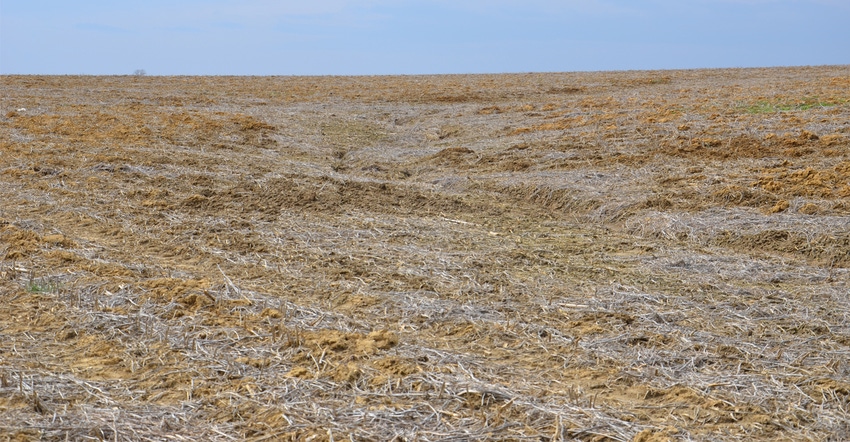
Are you ready for spring? Across most of Indiana this winter there have been springlike temperatures at times, with rain off and on, and bitter, freezing temperatures in between. That fluctuating weather is tough on humans, but what about the most important resource on your farm — your soils?
Shannon Zezula, state resource conservationist with the Natural Resources Conservation Service, believes that’s a question worth asking. Zezula and other NRCS staff members recommend thinking about how your soils may be faring this winter.
Soils expand and contract as they freeze and thaw, and can become more "loose," Zezula says. To what extent that happens can be related to the tilth of your soil. But when the most productive 1 to 2 inches thaws and is “loosened” above frozen soils, those top inches are very vulnerable to pounding rain. That topsoil can leave your farm through runoff erosion, Zezula says. Even if your farm is flat, you may see the impacts of winter erosion as sediment deposits throughout fields.
Many Indiana farmers take every possible course of action to protect valuable topsoil during the winter, Zezula says. He believes farmers who don’t use tillage and plant cover crops are taking care of their soil. Crop residues and cover crops work together to moderate extreme air temperature swings and protect the soil when winter rains come. Even when the top inches of the soil thaw, plant residues and roots maximize the chance that valuable topsoil will stay in place.
It’s a combination of physics and biology, but it’s another reason for maximizing residues and planting cover crops.
About the Author(s)
You May Also Like




